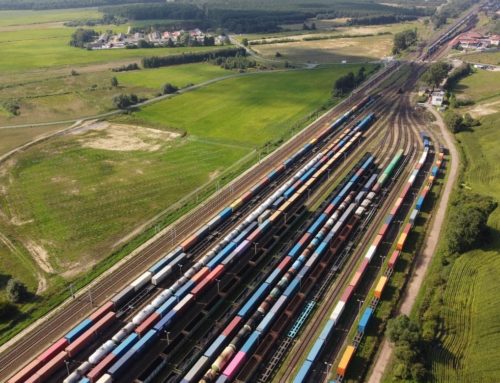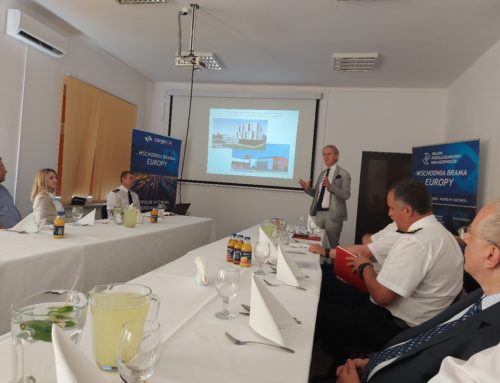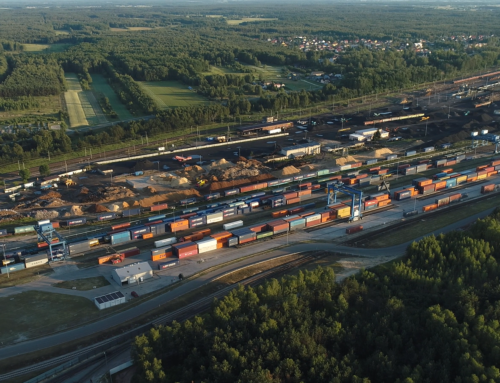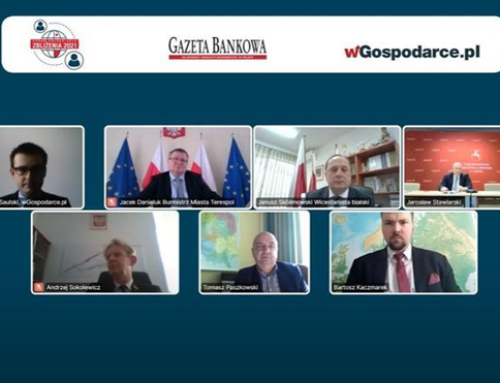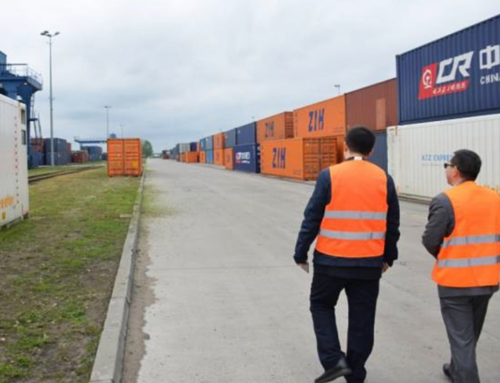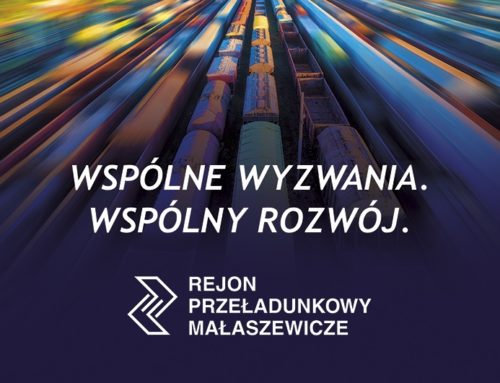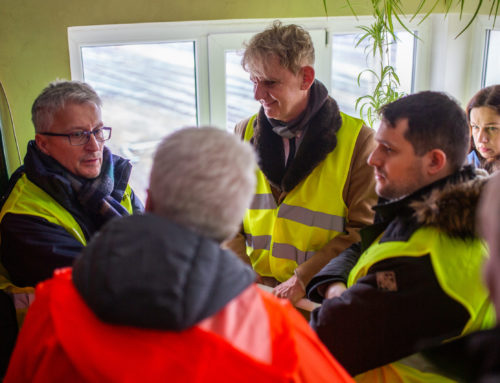The construction of the Logistics Park in Małaszewicze (LPM) is of exceptional importance for the Polish State. Let’s talk about it using not so much “sienkiewicz’s” as “norwid’s” categories, because it concerns the creation of the foundations of the Polish state for the “post-covid-19” period and it corresponds to the global challenges that our country is facing today – says Andrzej Sokolewicz, president of the company Cargotor.
After many months of analysis and preparations, after the successful submission of the application for a building permit, we are looking forward to the issuing of an administrative decision by the Lublin Voivodeship Office which will allow Cargotor sp.z o.o. to undertake this unique venture.
The construction of Logistics Park in Małaszewicze may be considered multi-dimensionally.
The project to build the Logistics Park in Małaszewicze (LPM) as an element of the New Silk Road (NSR) has four dimensions.
First, global. Our activity and development is an advantage that is ought to guarantee that goods shipped from the Far East, especially from China, but also from Japan and South Korea, can reach recipients in Poland and the European Union via Małaszewicze in the fastest, cheapest and safest way – emphasizes President Sokolewicz.
Secondly, national. Due to customs duties and taxes, 20 percent of the fiscal receivables of the goods cleared in Małaszewicze, which are placed on the market for the first time in the European Union, go to the Polish budget (80% to the budgets of other EU countries). This year alone, the revenues of the Polish state budget will once again be supplied with a multi-billion dollar amount. This is the second hen that lays golden eggs for the state budget, after the DCT Gdańsk sea terminal. Anyway, for this and other reasons, the Reconstruction Plan for Poland includes a broad-gauge railway connection between Polish domestic seaports and Małaszewicze.
The implementation of LPM also has a regional dimension. With success, as evidenced by the award of the “Marka Lubelskie” certificate to Cargotor by the Marshal of the Lubelskie Voivodeship, incl. for the promotion of the region – at home and abroad.
Fourth, local. The already present activity of railway terminals in Małaszewicze contributes to the development of, among others such communes of the Lublin Province as: Zalesie, Terespol and Piszczac. The Cargotor company itself employs about 200 people, mostly in Małaszewicze and the surrounding area. After the construction of LPM, a total of over 400 employees will be needed in the Company itself and several thousand in the terminals and sidings under construction. That is why Cargotor is a patron and a founder of scholarships for the most talented students of the local Railway Technical School to acquire employees with the highest qualifications to operate the infrastructure and train traffic of the future LPM.
– Our role is to multiply the benefits for the Polish State, but we also must not forget that the global and national dimensions should not overwhelm the other two – says Andrzej Sokolewicz.
What is “at stake”?
Currently, however, the most important role of building LPM is the geopolitical dimension. Transport to NSR has been increasing year by year since 2014. Especially from 2019 and through the period of the COVID-19 pandemic. The lack of container ships in sea transport and delays in their clearance, due to congestion in ports, forced shippers to transfer larger volumes of goods exported from the Far East to Europe to Europe. For six months this year. only UTLC ERA trains carried 336.5 thousand. TEU, which is 1.5 times more than last year. It arouses the desire of other entities and countries – emphasizes the president of Cargotor. Several alternative places for goods clearance from China have been created in Europe, including those based on their further transport to Western Europe via the Baltic Sea. It does not change the fact that the most important trade route of the New Silk Road runs through Małaszewicze.
Competition is fierce, not free from black PR. Quite regularly there is information that Małaszewicze is a bottleneck on the NSR, delaying the trains running to the West. President Sokolewicz strongly denies this. Małaszewicze can service 17 pairs of trains a day, and currently they check in on average 14.5 a day. So there is no downtime in the area of infrastructure managed by Cargotor. If they occur, they occur before entering Kobylany, that is, before leaving the border crossing between Brześć and Terespol. This is where the clearance of Polish customs and tax services with a scanner takes place, which may extend the service time of the warehouse. We respect and understand the tasks of our friends from the Border Guard and the National Revenue Administration. That is why we calmly accept the information about the control and verification activities undertaken by the services, emphasized strongly by President Sokolewicz. Even if we assume that Małaszewicze is not the only place of transport from the East to the West, it is still the most important one – says President Cargotor. – Each alternative route to Western Europe is longer, in the case of bad conditions in the Baltic Sea, even by many days, which means that it is also generally more expensive.
The First step to LPM
After several years of preparatory work, at the end of December 2020, Cargotor applied for a building permit to the Lublin Voivodeship Office and is waiting for a building permit to be issued for the Logistics Park in Małaszewicze. Thus, the proper implementation of the investment project will begin.
According to the assumptions, LPM may become one of the largest intermodal facilities in Europe. The most tangible effect of its operation will be the target capacity of up to 55 pairs of trains on the border with Belarus on a wide track (1520 mm). The investment will cost around PLN 3.2 billion. PLN net. President Sokolewicz is counting down the days to collect the building permit. And in the ministries of infrastructure and finance, work is underway to ensure the financing of this investment.
– There are declarations from there, which I am pleased to confirm, to complete this process this year – says Andrzej Sokolewicz. – This, in turn, will allow us to apply to the European Commission for co-financing, which we have already prepared, and to announce a tender for the detailed design and construction works. It assumes that the design work will begin next year, and in early 2023 – the earthworks will begin in Małaszewicze. The park will be put into use in 2027/8. I am aware that, according to some, this is a distant investment completion date, but the real challenge for us will be to ensure that Małaszewicze, during the construction itself, will work without disruptions to freight traffic at a level similar to today’s – adds President Cargotor.

